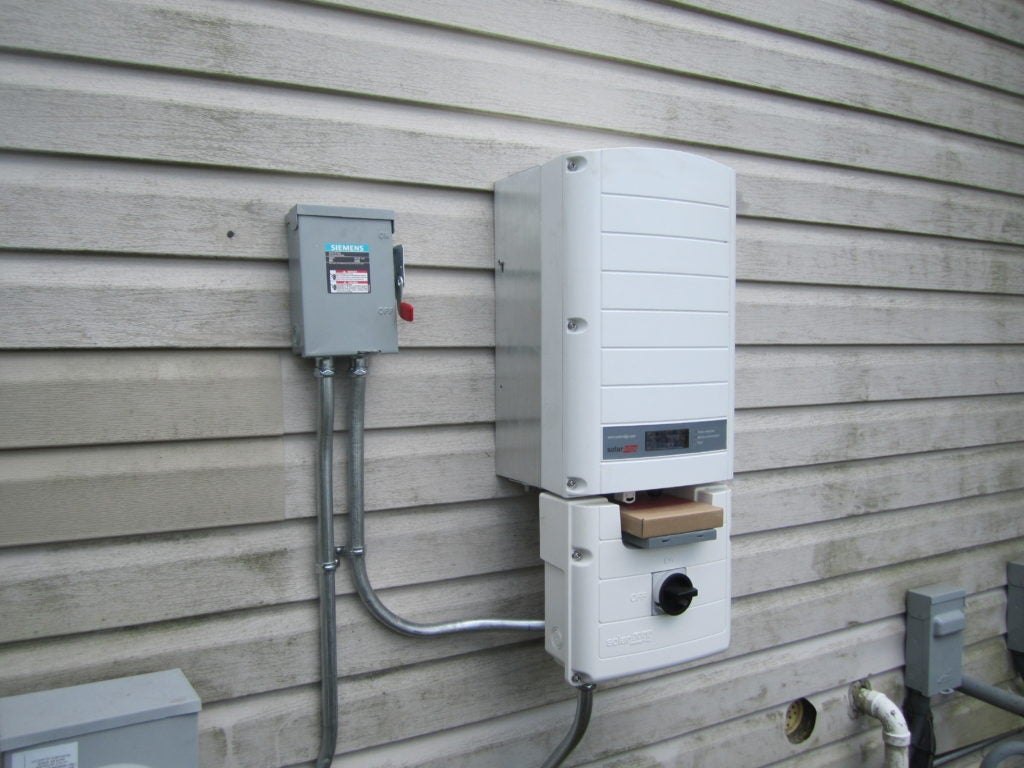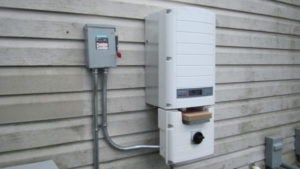A grid for everyone’s future

 Pepco Holdings, Inc. submitted a filing at the end of June to the Maryland Public Service Commission. The filing requests the Commission “initiate a proceeding to examine opportunities to transform the electric distribution grid in the State of Maryland”. Pepco made this submission in fulfillment of a condition of its merger with Exelon. To date, the Commission has not responded to provide any detail as to how such a “Grid of the Future” proceeding might be structured.
Pepco Holdings, Inc. submitted a filing at the end of June to the Maryland Public Service Commission. The filing requests the Commission “initiate a proceeding to examine opportunities to transform the electric distribution grid in the State of Maryland”. Pepco made this submission in fulfillment of a condition of its merger with Exelon. To date, the Commission has not responded to provide any detail as to how such a “Grid of the Future” proceeding might be structured.
What is Grid of the Future?
Most of the electricity we use is generated remotely and brought by high voltage transmission lines to population centers. From here it is distributed to customers. Each element of this electrical grid is centralized. This limits choice and participation by us, the consumers.
As the grid developed and expanded across the country in 20th century, centralization was essential to bringing down the cost of service. This way of delivering electricity is changing. Distributed solar energy, wind energy, smart meters, demand management and electrical storage are pushing changes to electrical grids and the rules that manage them. Together, these technologies, new markets, and new rules will become the Grid of the Future (GOTF).
Community power
Thoughtful conversations are taking place around the country on what a re-shaped electricity grid looks like. Organizations like the Institute for Local Self-Reliance advocate for a grid that embodies the principles of Energy Democracy. This means a grid that is economically beneficial to all electricity users by empowering them to control where their electricity comes from.
Improvements in decentralized wind and solar technologies mean that many more consumers can now benefit from renewable energy’s cost savings and reliability, provided the new grid systems are designed to support broad consumer participation. We should all have a say in how energy delivery systems function, who can participate, and who can benefit.
Public participation is critical to a Grid of the Future process that improves the lives of those living in Maryland’s marginalized communities. Working together, we can create an energy system that ensures low-income communities have:
- Energy Democracy: Communities can have greater control over their energy resources. Low-income communities can be contributing participants and beneficiaries in the efforts to expand access to sustainable energy resources and to create opportunities for local ownership of clean energy.
- Advanced technology that will allow communities to manage their energy use, which leads to greater savings and a pathway towards financial stability.
- Strong local economies: Community control and input over energy resources leads to a change in the economic opportunities for low-income communities in Maryland. Research shows that increased community control over energy resources leads to marginalized communities having a larger share in the economic boom of our energy system because it leads to policies and tools that promote economic benefit, living wage jobs, and opportunities for ownership.
Our parents and grandparents paid for the current electrical system. Ratepayers should have the most important say in the design of the system of the future.
